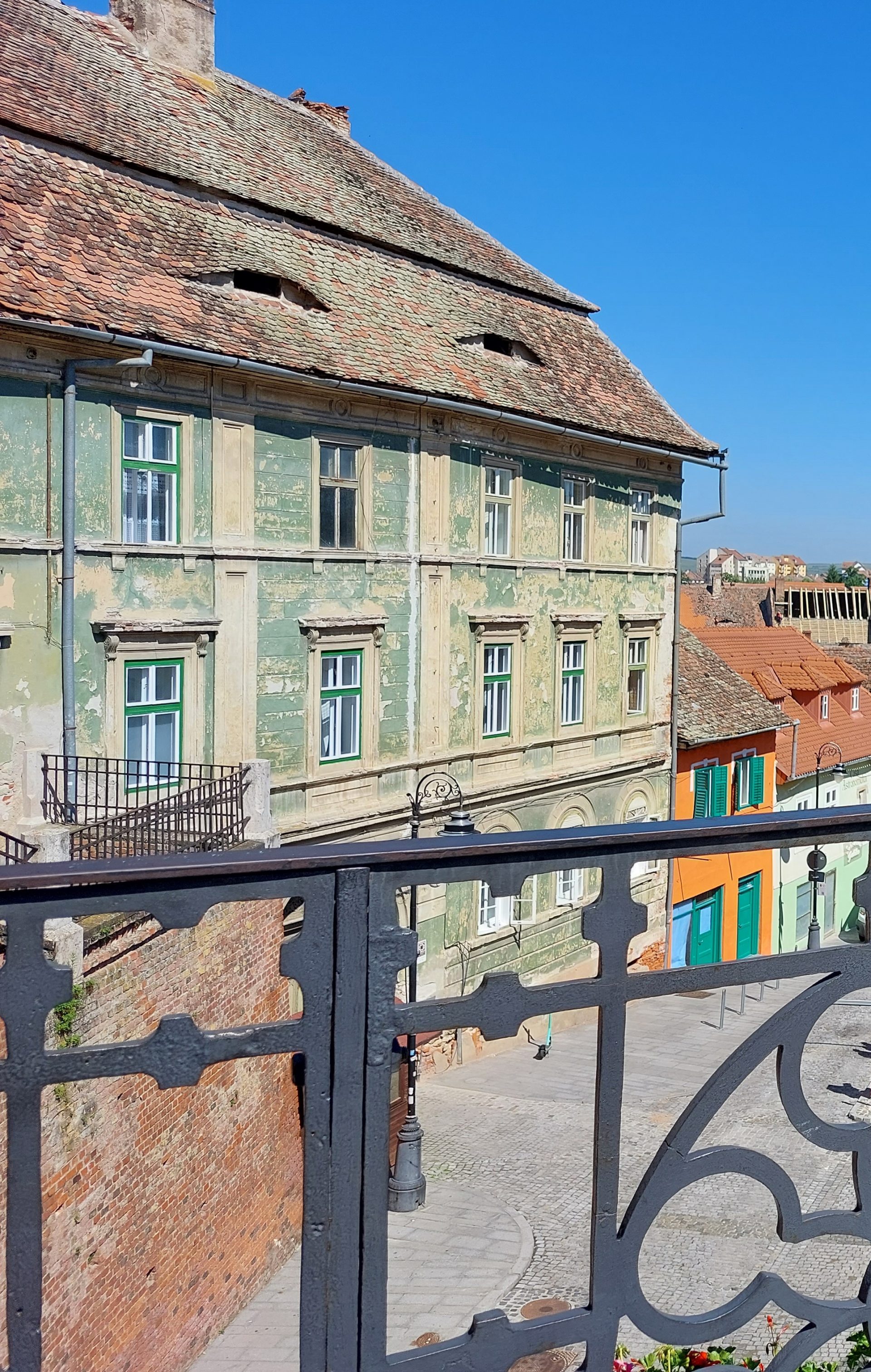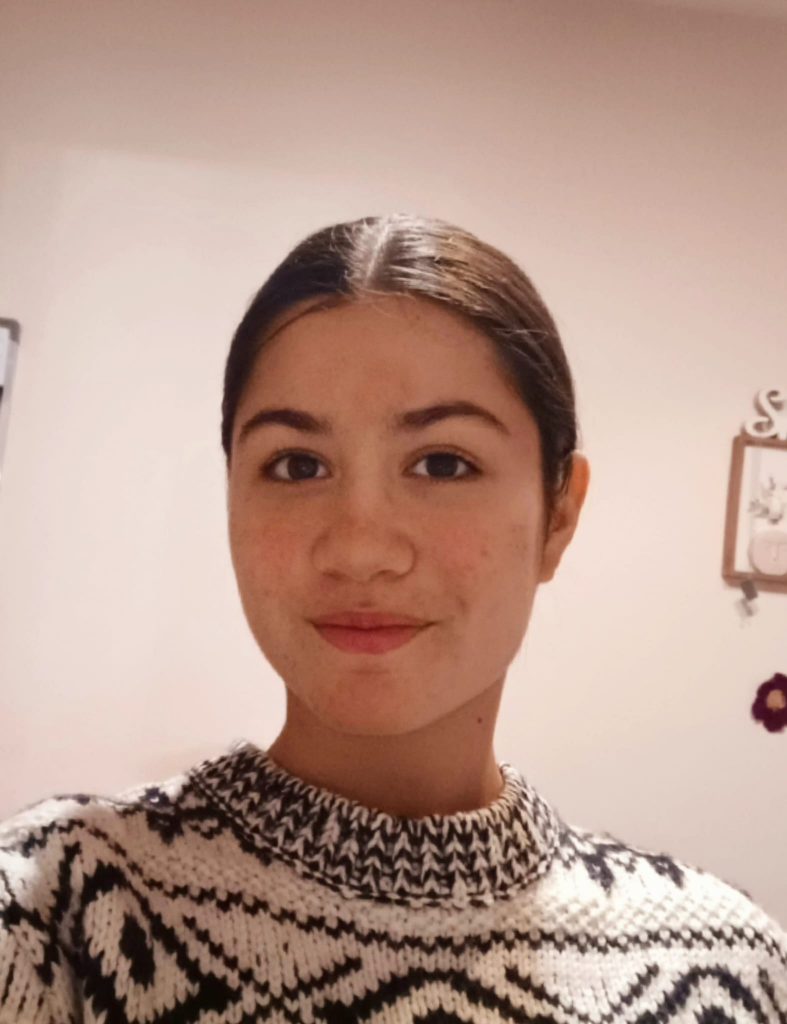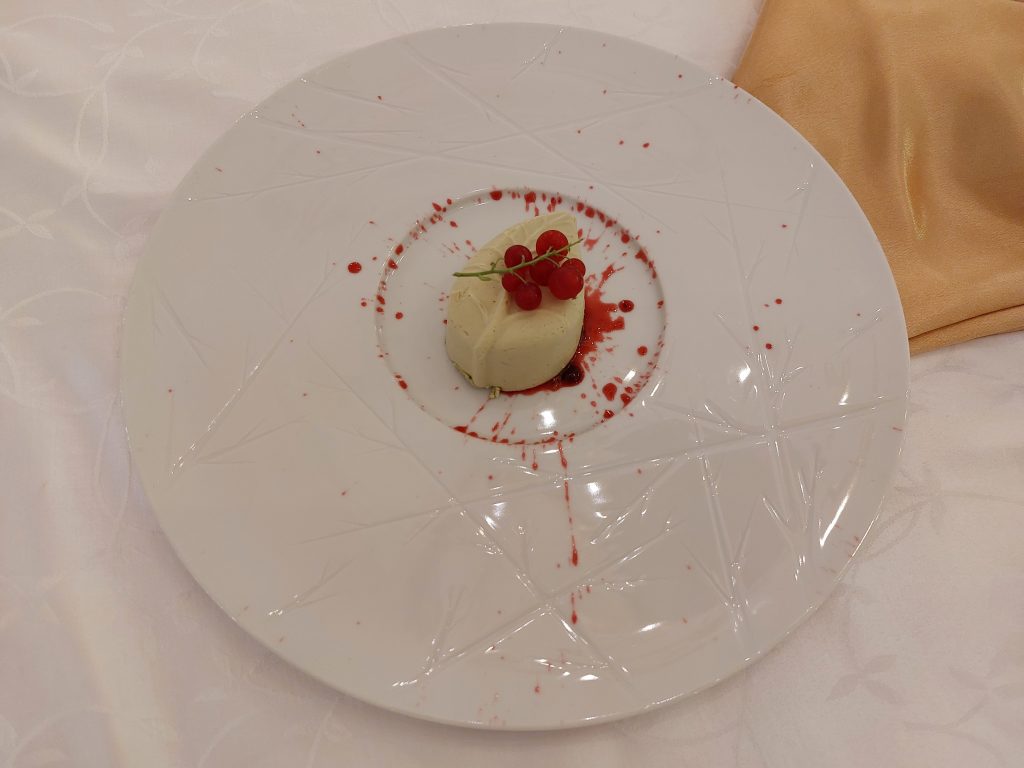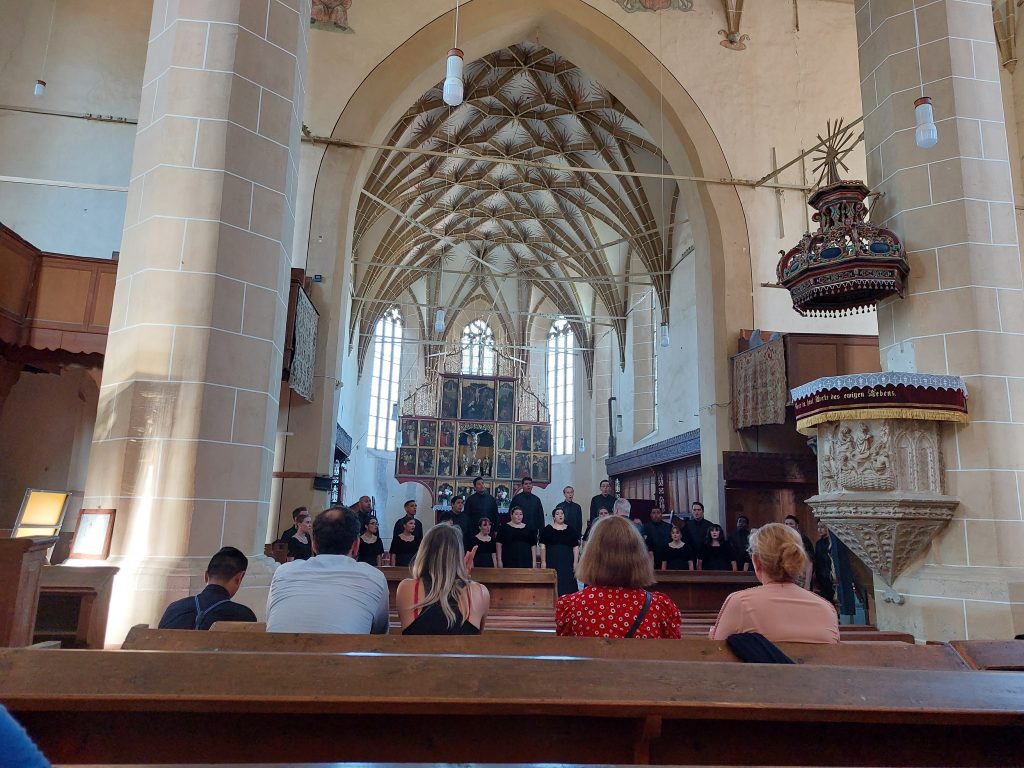
My Trip to Romania

As someone who visited the East-European nation for the first time in early June 2022, I will probably always bear with me the first impressions I got, including the silent pulse of the city of Sibiu at midnight when we arrived at our town-square side hotel with the soft yellow glow of the streetlights lighting up the concrete buildings. The next day, in broad daylight, I could certainly conclude that the houses all around the old part of Sibiu were cheery and brightly painted in different shades of red, yellow, blue, green and orange. What, however, was most intriguing about them, were the mighty arcades and archways leading the way inside, as well as the attic-windows crafted so as to seem like ever-watchful eyes and give you the uncanny sensation of being studied by their squinting gazes.
In short, Sibiu is very rich in history and culture. Our guided tour of the city gave us an eye-opening insight into many of the conflicts that Romania has had, the hardships the country has suffered, but also the way different folk groups have over time learned to live side by side in harmony (take for example the German-speaking schools for children). Nimble and sphinxlike stray-cats padding around the city looking for left-overs in the open-air cafés, pawing for the deliciously rich scraps of food that have deviated from their usual course of plate, to fork, to mouth. Because delicious is a particularly fitting word for the Romanian cuisine.

The country, having been inhabited by many different ethnic groups over the ages, has developed food that is both diverse and like no other. The Saxons, Romanians, Hungarians, Germans, Ukrainians and many more who have lived in the area at some point or still reside there, as well as its geographical positioning, have all contributed to the nation’s gastronomy. Nevertheless, all the different kinds of meat did get quite heavy and overwhelming after a couple days, so I took to eating merely small portions instead…
Sibiu, being one of Romania’s wealthiest and affluent cities, showed us one part of the country, but passing into the Transylvanian countryside on winding, snake-like roads, showcased the way the farmers, shepherds and others in the small villages live. Clusters of colorful houses are built close together with courtyards and window shutters near the bases of hills. With religion playing a big role in Romania, seeing as there is such a large number of people with different beliefs, there is almost certainly a church in every village, no matter how small (one only has 5 visitors per monthly service). On the hillside terraces great dogs bound after herds of sheep while the shepherd follows more slowly with a carved pole or walking stick. Many farmers cannot afford tractors, plows and harrows, so most of the harvesting is done by hand or with manual machines.

I was surprised to see how such grand churches arose near all those simple houses, and we even got to see the UNESCO World Heritage Site of the church in Biertan, where an American choir happened to be having a concert that same night. The songs definitely fit the holy atmosphere of the church and added a little extra layer of intrigue to the ancient place. The French renaissance-style Jidvei Castle was another formidable fortress we visited, originally built as a hunting lodge for a nobleman and his peers. The (very furry) trophy rugs, statues, furniture and other little details made it feel like actually stepping into the dwelling of a wealthy 1500s family despite them not being original pieces. In the basement, used both then and now to store rows upon rows of pickles, one can dine like a duchess and try different local and elsewhere produced wines. Because wine is what gets us to our next point. I had never associated Romania with the exquisite liquor and grape-growing business before traveling there, but after our tour of the Jidvei Winery, I certainly learned otherwise. Who would have thought that Romania is the thirteenth largest wine-producing country in the world!
One thing that surprised me about the locals was how late they stay up, even on weeknights, including younger kids. The night we arrived on Sunday was the only time I saw the big square empty ;). But on the other hand I can understand them, since it is more pleasant to be outdoors in the coolness of the temperate evenings than in the glaring blaze of the sun. Food is also clearly an important piece of the puzzle, as well as refreshments such as different juices (one was so good I named it liquid candy), lemonade, milkshakes and the native treat Socata. Sipping a drink like that on a day-to-day basis isn’t all too common up North. Teenagers also moved in bigger groups than I’m used to. As a conclusion, spending a few days in Romania changed my perspective on the country for good, for from being one of those faceless countries in Eastern Europe that I only associated with Dracula and vampire tales, it is now a fully 3-dimensional state for me, with good and bad sides just like any other place. But one thing is for sure; Romania has some breathtaking sceneries like the Carpathians majestically rising in the distance while shrouded in mist, some ancient and historical buildings as well as absolutely delicious foods!
Text written in 2022, when the author was 13 years old.
